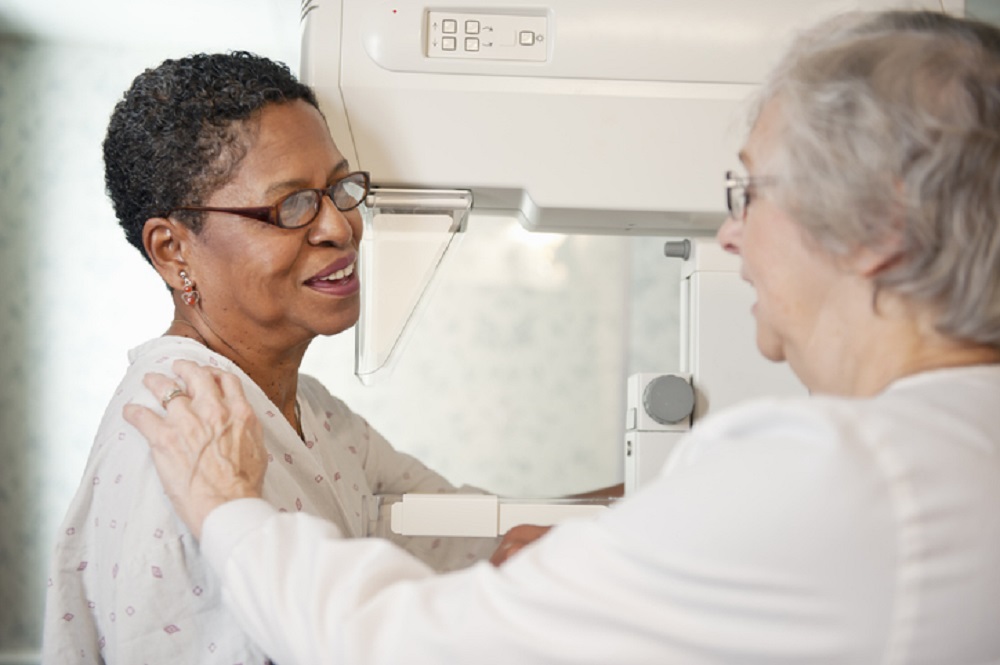Breast cancer screening with mammography reduces the risk of dying from breast cancer by 20 percent by finding cancer early when it can be treated more effectively. In the U.S., about 10 percent of mammography exams result in call-backs. When the follow-up visit reveals no cancer (either through another mammogram or a biopsy), it’s known as a false-positive result.
No Cancer Now, But Maybe Later
False-positive mammograms create mental stress and may discourage a woman from future screenings. But they may be an important risk factor for a future breast cancer diagnosis. Previous studies have hinted at this risk, but in 2015, a very large review that included over one million women confirmed that a false-positive mammogram increases the risk of a future breast cancer significantly over the following 10 years. Now, a new study has found that the risk extends out to 20 years.
The new study, from Sweden, compared more than 45,000 women with a false-positive mammogram to more than 450,000 women who had a negative mammogram at the same age and on the same year. These women were followed for up to 20 years to compare breast cancer rates and other risk factors that might add to or explain the association between a false-positive mammogram and breast cancer. The study is published in the Journal of the American Medical Association JAMA Oncology. These were two key findings…
- Over 20 years, about seven percent of women with a negative mammogram developed breast cancer, compared to about 11 percent of women with a false-positive result, an overall increased risk of about 60 percent.
- Women who had a false-positive mammogram had an overall 84 percent higher risk of dying from breast cancer than women who had a negative result.
Among those women who developed breast cancer…
- Being age 60 to 75 at the time of the false-positive exam doubled the risk.
- Women with lower density (less fat and breast tissue) breasts had a four to five times higher risk.
- Women who had a biopsy to rule out cancer had a nearly 80 percent higher risk.
- The future breast cancer was two to three times more likely to occur in the first four years after the false positive.
Changes in Breast Tissue Can Affect Readings
The reasons why false-positive mammograms increase breast cancer risk are not completely understood. It is possible that cancers occurring in the same breast within four years were missed on the follow-up exam. However, many future cancers occurred many years later and in the opposite breast, which suggests changes in breast tissue that make mammograms slightly abnormal or harder to read may be warning signs of a future cancer. Increased risk after biopsy may be due to tissue changes caused by the biopsy.
In the U.S., about half of women will have at least one false-positive result after 10 screening mammograms. The American Cancer Society guidelines suggest a yearly mammogram for women ages 40 to 54, and every two years for women age 55 and older.
The researchers conclude that women with a history of a false-positive result should be considered at higher risk than other women, especially if they have added risk factors like older age (60 to 75), low density breasts, and a history of a negative biopsy. They and their health-care providers may consider more frequent breast exams in the first four years, and these exams may continue to be yearly after age 55. Women with a false-positive mammogram should talk to their health-care providers about risk prevention strategies.
Source: Study titled “Breast Cancer Incidence After a False-Positive Mammography Result,” by researchers at the Karolinska Institutet, Stockholm, Sweden, published in JAMA Oncology.


